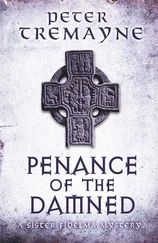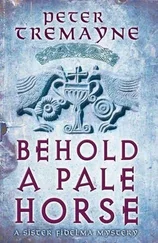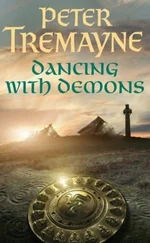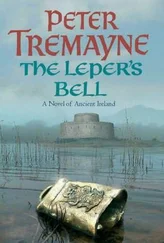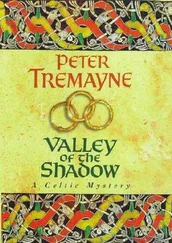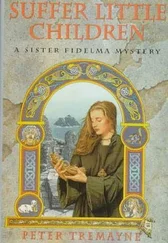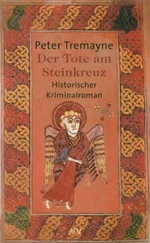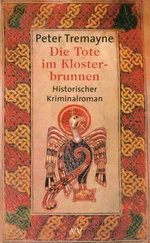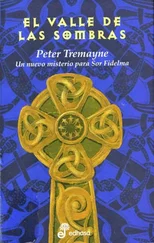However, the Celtic Church of Ireland was in constant dispute with Rome on matters of liturgy and ritual. Rome had began to reform itself in the fourth century, changing its dating of Easter and aspects of its liturgy. The Celtic Church and the Eastern Orthodox Church refused to follow Rome but the Celtic Church was gradually absorbed by Rome between the ninth and eleventh centuries while the Eastern Orthodox Churches have continued to remain independent of Rome. The Celtic Church of Ireland, during Fidelma’s time, was much concerned with this conflict.
The first Fidelma mystery, Absolution By Murder, is set against the most famous debate between the representatives of the Celtic and Roman Churches at Whitby in AD 664.
One thing that marked both the Celtic Church and Rome in the seventh century was that the concept of celibacy was not universal. While there were always ascetics in both churches who sublimated physical love in a dedication to the deity, it was not until the Council of Nicea in AD 325 that clerical marriages were condemned but not banned. The concept of celibacy in the Roman Church arose from the customs practised by the pagan priestesses of Vesta and the priests of Diana. By the fifth century Rome had forbidden clerics from the rank of abbot and bishop to sleep with their wives and, shortly after, even to marry at all. The general clergy were discouraged from marrying by Rome but not forbidden to do so. Indeed, it was not until the reforming papacy of Leo IX (AD 1049-1054) that a serious attempt was made to force the western clergy to accept universal celibacy. In the Eastern Orthodox Church, priests below the rank of abbot and bishop have retained their right to marry until this day.
The condemnation of the ‘sin of the flesh’ remained alien to the Celtic Church for a long time after Rome’s attitude became a dogma. In Fidelma’s world, both sexes inhabited abbeys and monastic foundations which were known as conhospitae, or double houses, where men and women lived raising their children in Christ’s service.
Fidelma’s own house of St. Brigid of Kildare was one such community of both sexes in Fidelma’s time. When Brigid established her community at Kildare (Cill-Dara = the church of oaks) she invited a bishop named Conlaed to join her. Her first biography, written in AD 650, in Fidelma’s time, was written by a monk of Kildare named Cogitosus, who makes it clear that it was a mixed community.
It should also be pointed out that, showing women’s coequal role with men, women were priests of the Celtic Church at this time. Brigid herself was ordained a bishop by Patrick’s nephew, Mel and her case was not unique. Roman actually wrote a protest in the sixth century at the Celtic practise of allowing women to celebrate the divine sacrifice of Mass.
Armed with this background knowledge we may now enter Fidelma’s world. This story is placed in the year AD 664.
The Sister Fidelma Mysteries:
Absolution by Murder
Shroud for the Archbishop*
*forthcoming
ABSOLUTION BY MURDER. Copyright © 1994 by Peter Tremayne. All rights reserved. No part of this book may be used or reproduced in any manner whatsoever without written permission except in the case of brief quotations embodied in critical articles or reviews. For information, address St. Martin’s Press, 175 Fifth Avenue, New York, N.Y. 10010.
First published in Great Britain by Headline Book
Publishing
eISBN 9781466814011
First eBook Edition : March 2012
First U.S. Edition: January 1996

